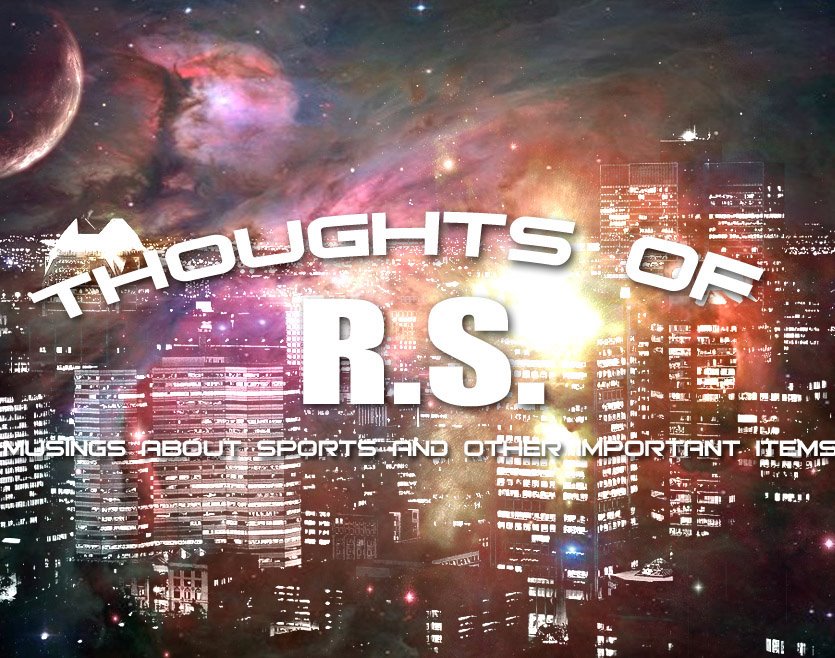I really enjoyed it,so I have decided to start an occasional series called Ballpark Dustbin.
This will feature ballparks and arenas of the past that should not be forgotten and joins Forgotten Superstars as the series that will be added to through the years.
We will start with the former home of the Cincinnati Reds in Crosley Field.
 I am in a Reds frame of mind as the Pirates and Reds are playing and I had to leave for the road office before the Pirates win in ten innings tonight.
I am in a Reds frame of mind as the Pirates and Reds are playing and I had to leave for the road office before the Pirates win in ten innings tonight.Crosley Field was the home of the Reds from 1912 to 1970 and was another of the "neighborhood" style ballparks built for the teams in the early part of the 20th century.
Back then,when ballparks were built,the parks were squeezed into the existing infrastructure and forced to work around the neighborhood.
As a result,that is the reason that those parks consistently had the unique dimensions that so many are known for.
The current "retro" parks have copied many of the odd and quirky dimensions,but the trend was due to ascetic reasons not by necessity like the originals that are often used for ideas.
Crosley Field was one of those,but the righthanded slugger had a large edge there compared to the lefty bomber as the left field fence was 328 feet away,while right field was 366 feet away,which was pretty comparable to center and the power alleys.
Crosley was unique for the terrace or steep hill in left field that has been imitated in center field in Houston in the Astros current stadium.
The terrace had to be a difficult one to traverse for left fielders because it was more in the field of play than the hill in Houston,which is more decorative as it takes a huge blast over the centerfielders head to reach the hill.
I know from watching left fielders struggle at the Muni with the hill that exists there and their issues and that hill is a bump compared to Crosley,so that had to be a huge advantage for the Reds compared to the visitors playing out there.
Crosley Field was one of the smaller parks in baseball as for most of its tenure,it held less than 30,000 seats and was one of the parks to be hardest hit by the change from public transportation to the automotive age as Crosley had few places to park and therefore took a hit in attendance as the out of town fans had major issues in attending Reds games.
Crosley Field was also the home of the first night game in the majors in 1935 and the reason that the Reds fought so hard to have the first lights in the league was that they were concerned about the viability of the franchise,which was mentioned again in the late 50's and early 60's,with many people crediting the 1961 National League champions Reds for keeping the team in town as various towns were rumored to be courting the Reds,most notably San Diego through the 1960's.
Crosley also had the huge manual scoreboard in left field that was the staple of so many of the older inner cities parks of the time,but Crosley's came a bit later to the party as it was built for the 1957 season.
The Crosley scoreboard ranks with the Polo Grounds as my favorite of the scoreboards of the time.
Crosley Field was doomed by several factors besides the parking and size of the facility.
One was the neighborhood,which many considered blighted and kept fans from attending night games.
Another was the building of Interstate 75,which ran directly behind the outfield wall and could be seen from the stands clearly,
That kept any expansion/renovation from occurring to Crosley.
Between the rumors of a Reds move and the need for a stadium for not only the Reds and for a facility to attract a football team,the city finally approved a stadium off the concrete doughnut template on the condition of having a football tenant,which occurred with the deal to bring the expansion Bengals to town.
The Bengals would not play their games at Crosley as Riverfront Stadium was being built,they would play at Nippert Stadium,which is still used by the Cincinnati Bearcats to this day.
Crosley Field's last game was in June of 1970 as Riverfront Stadium was finally ready to open.Ironically,had there been a small delay in Riverfront's opening,Crosley would have hosted post season baseball one final time as the Reds won the National League West and then defeated the Pirates to go to the World Series,where they lost to the Orioles in five games.
Crosley was then used as a city impound yard for two years until 1972 when Crosley Field met the final wrecking ball..
Thanks to the Ballparksofbaseball.com site for much of the information on Crosley Field as well as the picture above...

No comments:
Post a Comment